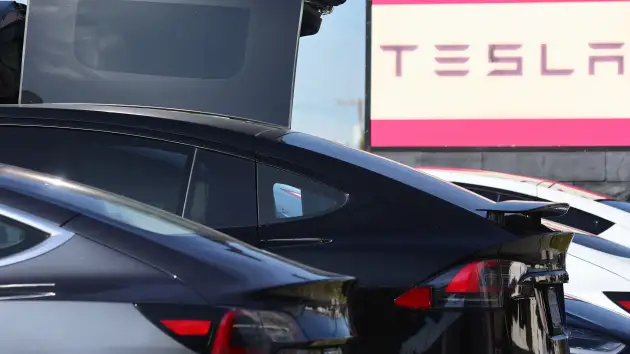Rearview Blindness: Tesla Camera Bug Raises Alarming Safety Concerns
Tesla, the electric car darling known for its sleek aesthetic and futuristic tech, finds itself in a precarious position after a seemingly minor software bug morphed into a major safety hazard. This glitch, affecting rearview cameras in nearly 200,000 U.S. vehicles equipped with Full Self-Driving 4.0 (FSD 4.0), casts a long shadow over the company’s image and reignites concerns about the reliability and safety of its autonomous driving technology.
A Blurry View on Safety
The NHTSA announced the recall on January 26, 2024, outlining the potential dangers of the camera bug. This inconspicuous glitch can intermittently or completely disable the rearview camera display, leaving drivers operating in a dangerous information vacuum during critical maneuvers like reversing, parking, and lane changes. Without this crucial visual aid, drivers are forced to rely solely on mirrors and blind spots, significantly increasing the risk of collisions.
“The failure of the rearview camera display to function as intended could increase the risk of a crash,” the NHTSA aptly stated in its recall notice. This stark warning underscores the gravity of the situation and highlights the potential consequences of Tesla’s technological misstep.
Back-to-Back Stumbles Fuel Skepticism
This camera bug episode comes on the heels of another major recall in December 2023, where Tesla had to pull back over 2 million vehicles due to a separate software issue affecting the driver monitoring system in Autopilot mode. These repeated stumbles, following years of lofty promises about self-driving technology, have sown seeds of doubt and skepticism among experts and consumers alike. While Tesla boasts cutting-edge technology, these back-to-back safety flaws raise questions about the reliability and maturity of its systems, prompting a critical reevaluation of its ambitious self-driving aspirations.
Over-the-Air Fix: Convenience or Conundrum?
Tesla’s proposed solution – a free over-the-air software update – might seem like a quick and convenient fix. However, some experts remain unconvinced. The bug’s nature might necessitate physical repairs or hardware replacements for complete rectification. Moreover, the over-reliance on software updates for critical safety features introduces its own set of concerns, potentially leaving owners in a vulnerable state between updates.
NHTSA Keeps a Watchful Eye
The NHTSA is understandably keeping a close eye on the situation. The agency is currently investigating the recall and may take further action if deemed necessary. This scrutiny adds another layer of pressure to Tesla, reminding them of their paramount responsibility to prioritize safety above all else.
A Cautionary Tale for the Autonomous Driving Landscape
Beyond the immediate recall, this episode has broader implications for the entire autonomous driving industry. Tesla’s stumbles serve as a cautionary tale, highlighting the inherent challenges and critical need for rigorous testing and safety protocols before deploying autonomous technology on public roads. This incident underscores the importance of responsible development, thorough testing, and unwavering commitment to safety before entrusting self-driving systems with passenger lives.
A Detour on the Road to Self-Driving Cars
Tesla’s vision of self-driving cars seamlessly navigating cityscapes might be alluring, but the road to that reality remains treacherous. Each software glitch, each safety concern, acts as a stark reminder that the ultimate responsibility for passenger safety lies with the driver, human or otherwise. Until Tesla, and the entire industry, can address these fundamental concerns and demonstrate an unwavering commitment to safety, the path to fully autonomous vehicles will remain riddled with roadblocks and detours.
Building Trust Requires More Than Technology
Tesla cannot simply patch up software bugs and hope for the best. The company needs a thorough introspection, scrutinizing its development processes, testing protocols, and internal safety checks. Building trust requires not just technological prowess but also an unwavering commitment to safety, transparency, and accountability. Until Tesla prioritizes these values and proves its dedication to putting safety first, its self-driving ambitions will remain grounded in skepticism and concern.

